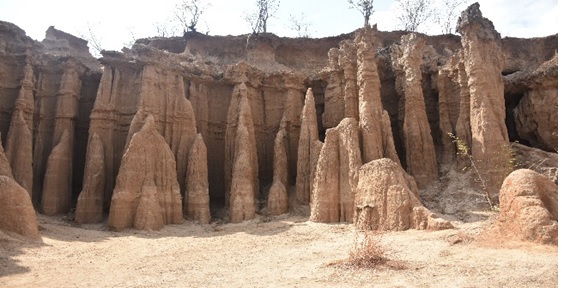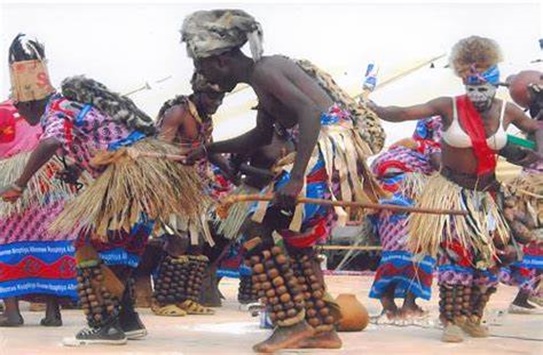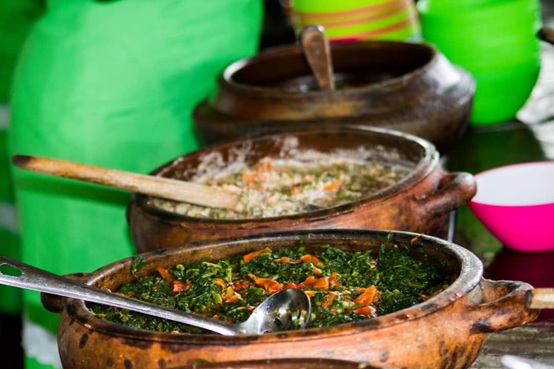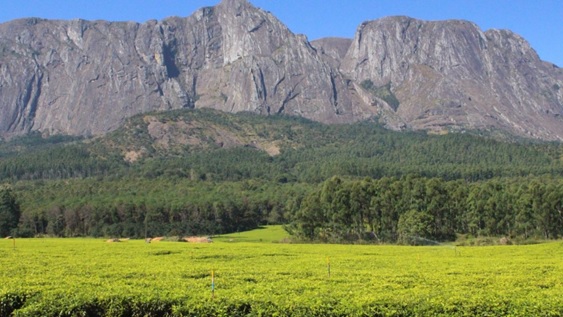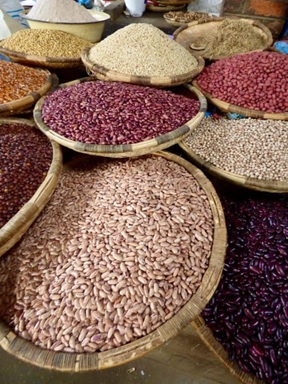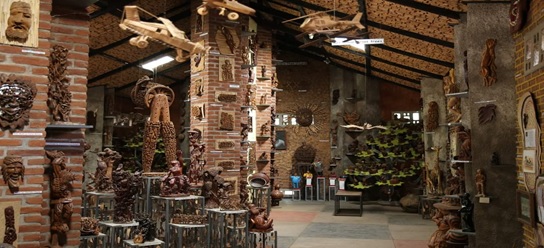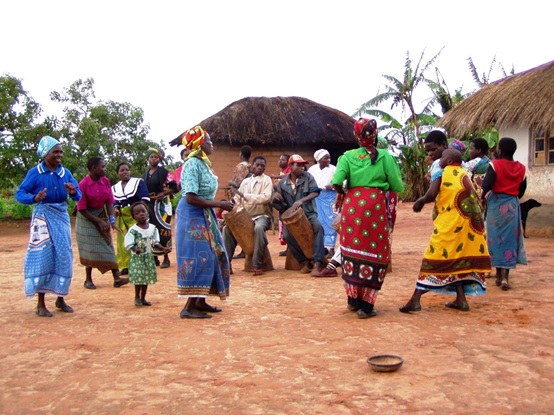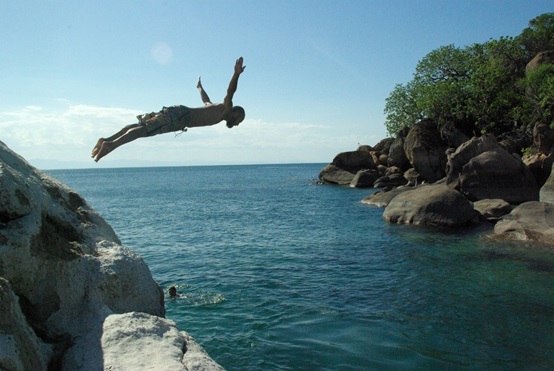Wild Life
Malawi is Africa’s newest big 5 destination where you can see the African elephant, lion, leopard, black rhinoceros, and the buffalo in a less crowded environment. Visit the country’s four wildlife reserves and five national parks and to experience the unique variety of Malawi’s wildlife. With over 600 bird species, Malawi is also a good destination for visitors that love a bird watching experience.
Liwonde National Park
Liwonde is Malawi’s most popular national park. It lies largely within the Machinga District but also in the Mangochi District. It covers 550sq km of woodlands and dry savanna and is considered the jewel in the crown in terms of game viewing and is certainly one of the most scenic. Liwonde National Park offers one of the densest concentrations of wildlife in Africa. You will have the opportunity to spot a lot of elephants. In addition, Liwonde National Park is home to hippos, crocodiles, cheetahs, black rhinos, African buffaloes, waterbucks, impalas, common elands, sable antelopes, bushbucks, kudus, African wild dogs, hyenas and warthogs. It is also one of Malawi's leading birding spots and is home to around 400 bird species, including Pel's Fishing Owl, African Skimmer, Brown-breasted Barbet, Lilian’s Lovebird and Bohm's Bee-eater. Liwonde National Park displays beautiful scenery all around the park and all year around. In addition to walking and driving safaris, the National Park offers one of the best boat safari experiences in Africa. The Shire River, Lake Malawi’s only outlet, cuts through the entire park and on its bank the infamous Liwonde palm trees draw shadows when the sun is setting and attract the beautiful fish eagles and palm-nut vultures and is ideal for boat safaris.
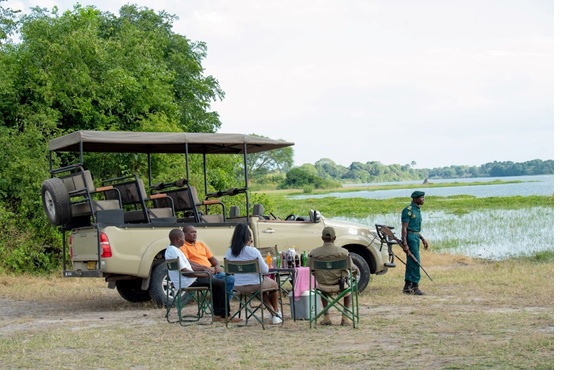

Boat safari at Liwonde National Park
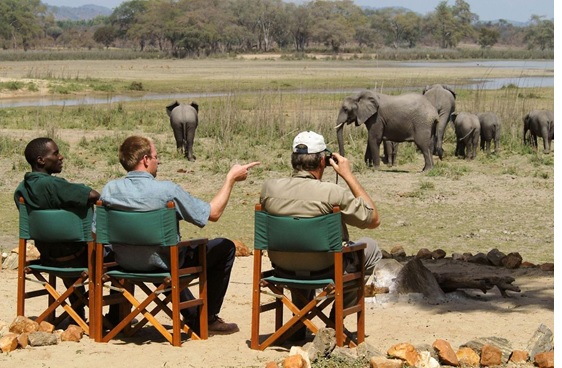
Nyika National Park
The nation’s largest national park at 3250 sq km, Nyika contains one of Africa’s finest examples of montane plateau with high densities of leopards (the highest population in Central Africa) as well as zebras, roans, duikers, elands and reedbucks. The park is also home to elephants and buffalos as well as warthogs, bushpigs and hyenas. With the undulating landscape one can view game 10km away.
Marked trails for those ready to hike and camp covering the various peaks and valleys offers chances to encounter the animals in the park close at hand. Nyika is also popular with birdwatchers with more than 400 species including rare denhams bustard, the wattled cranes and the endemic red winged francolin. Other activities within the park include trekking, mountain biking, 4x4 excursions and horse riding.
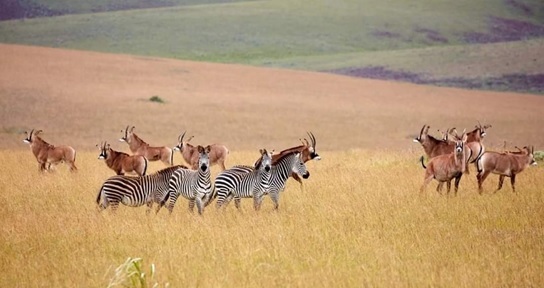
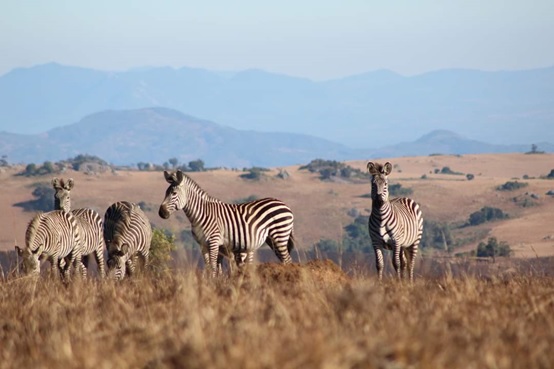
Zebras in Nyika National Park
Kasungu National Park
The park is 2000 sq km and has rare painted hunting dogs, sable, impala, kudu and roan antelope, hartebeest plus some zebras, buffalo, hyena. Elephant and hippo can also be easily spotted. The park also boasts of archaeological sites and iron age era smelting kilns.
Lake Malawi National Park
Located at the stunning Cape Maclear, Lake Malawi National Park is an aquatic and terrestrial park, the first freshwater national park in the world. It covers 94 square km. The park was created to protect the lake’s endemic fish species, the cichlids and was declared a World Heritage Site in 1984. The biodiversity is comparable to the worlds famous Galapagos Islands of South America. The cichlids are generally small and the most attractive are the colourful, flashing, striped and decorated fish, seen to best advantage at cape Maclear and around the islands. nimals that are also found in the national park, include baboon, antelope and hyrax, plus a bird population that includes fish eagles, cormorants and hamerkops. A walk through the park to the Otter Point is highly recommended
Majete Wildlife Reserve
Majete Wildlife Reserve is a 700 sq km protected area in the Lower Shire River valley, near Blantyre (Malawi's second largest city) and the Kapichira Falls. Majete is home to the “Big Five” with game drives and guided tours are available. Apart from the big five other mammals in the park include eland, duiker, hippopotamus, impala, monkeys, nyala, reedbuck, sable antelopes, warthogs, waterbuck, bush pig and zebras. Giraffes can also be found lingering around. Reptiles include crocodiles and tortoises. Birds include the African finfoot Böhm's bee-eater, Egyptian goose, and racket-tailed roller, as well as others in the order Anseriformes. Recorded arachnid species include the golden silk orb-weaver.
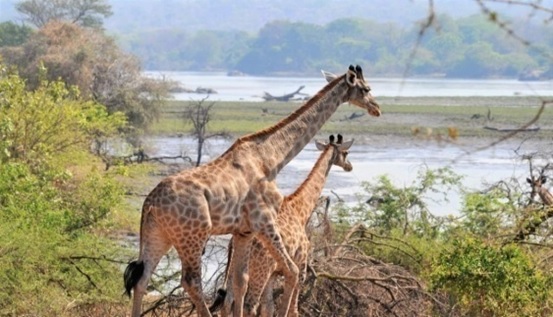
Giraffes in Majete Game Reserve
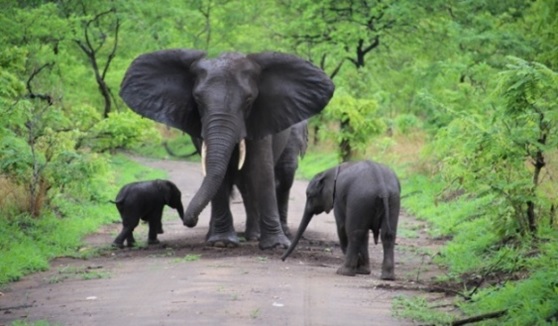
Elephants in Majete Game Reserve
Nkhotakota Game Reserve
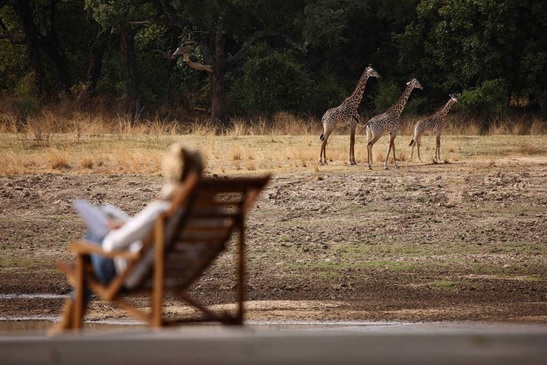
Nkhotakota Wildlife Reserve located in the central region of Malawi is the oldest and largest reserve in Malawi. The rugged terrain ranges from an altitude of 500m in the east to 1,614m at the summit of Chipata Mountain, and the plateau is dotted with streams and waterfalls. The main part of the reserve is Miombo woodland with patches of tall grass. The summit of Chipata Mountain is covered by an evergreen forest. This 1,800 sq km reserve once contained as many as 1,500 elephants but with poaching the population was reduced to fewer than 100 elephants by 2015, and other key species had largely been hunted out. In 2016 and 2017 more than 500 elephants and almost 2,000 game animals including sable, waterbuck, kudu and impala were moved from Liwonde National Park and Majete Wildlife Reserve to Nkhotakota. This was one of the largest relocations of elephants ever recorded in the history of the world. This created Malawi’s premier elephant sanctuary in Nkhotakota and restoring the park to its former glory. The park also offers a wide range of activities, including fishing, canoeing and rafting. The Bua River, which flows through the reserve, is home to lake salmon and offers exciting catch-and-release fishing. On boat trips, you may see countless elephants bathing on the riverbanks. Or on walking safaris, explore the pristine African wilderness with an armed guide, pursuing animal tracks and observing the many species of plants. Alternatively, climb Chipata Mountain, the highest peak, and you will be rewarded with spectacular views of Nkhotakota across the horizon.


